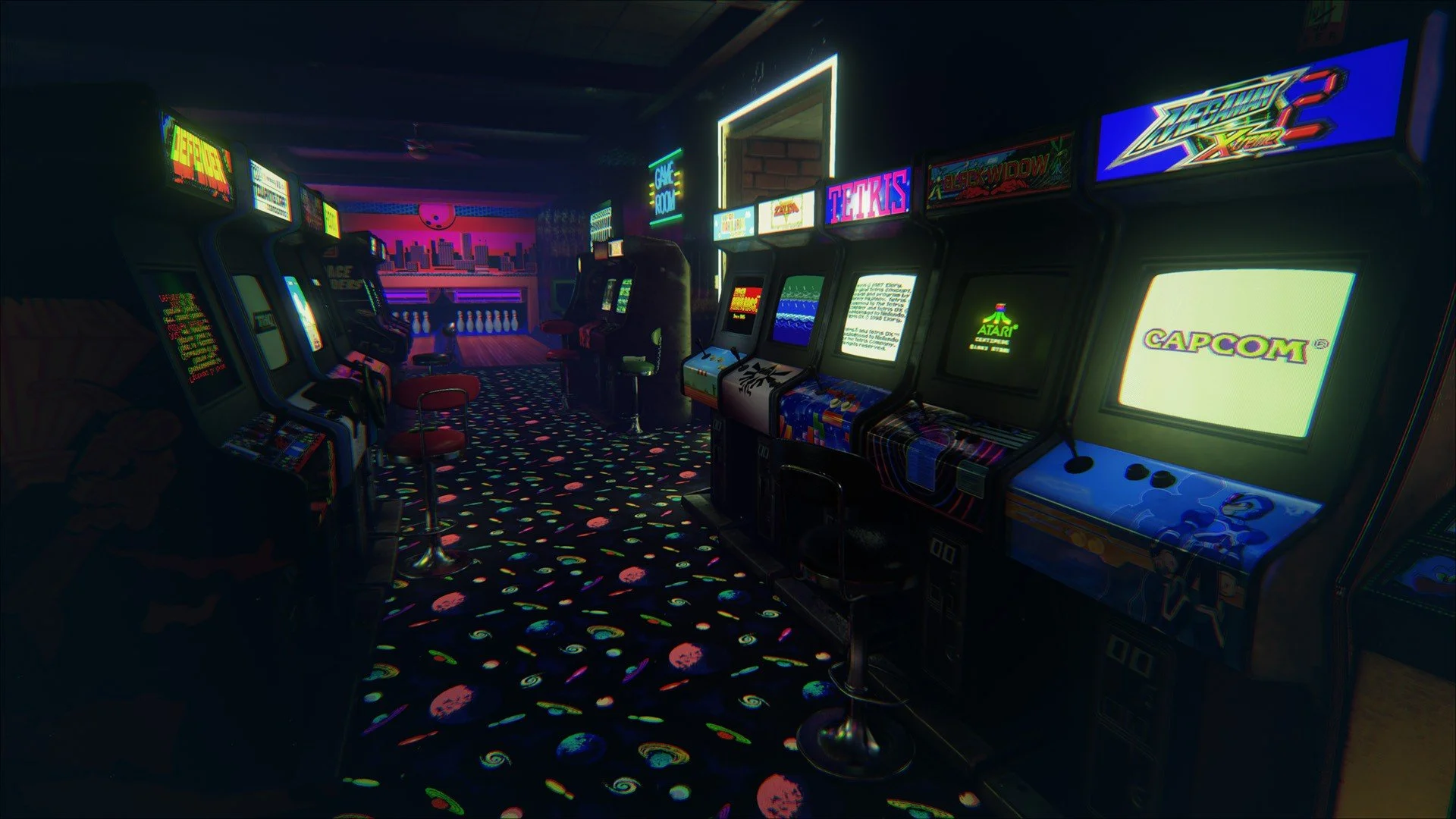Machine Learning Arcade
This project is an interactive installation where players enter an 1970s arcade-like environment to play various games each powered by a different machine learning model and setup. The goal of the arcade is for the users to get a more intuitive sense of how machine learning works by playing the games. Many people find the idea of machine learning models intimidating and that can interfere with their learning more about them. An arcade environment is purposefully used to reduce feelings of intimidation and make interacting with the models fun. A secondary goal is for users to feel a sense of control over the machines. Many people feel as though machines learning models are things that work on them (e.g., through social media platforms), not things that can work for them. The Arcade can be paired with a set of accompanying workshop sessions that either focus on issues related to machine learning or guide participants through creating their own prototypes. The arcade currently consists of the following games:
Boxy: Teachable Machine
Boxy has an object detection model running on a Raspberry Pi with a Coral TPU Accelerator, an example of Edge computing. There are many objects available near ‘Boxy’ and the goal is to hold up similar objects and push the different colored arcade buttons to train Boxy to learn the differences between the objects. It is an example of transfer-learning happening on-device at near-realtime speed and does not need an internet connection.
Nosing Around: Collaborative Machine
Nosing Around uses a body pose model running in the browser. The screen is broken up into a series of boxes and a team of players works together to move around, using their noses to erase all the boxes shown on the screen before the timer runs out. It can be configured to use a different body part than a nose (e.g., an elbow). The model is a lightweight version running the browser.
Moley: Trickable Machine
Moley uses an older face detection model and a set of props such as cutouts of famous faces, eye patches, and hats. The goal is for the players to figure out which props help the players hide their faces so when the camera pans across their area, so that they can stay hidden.






